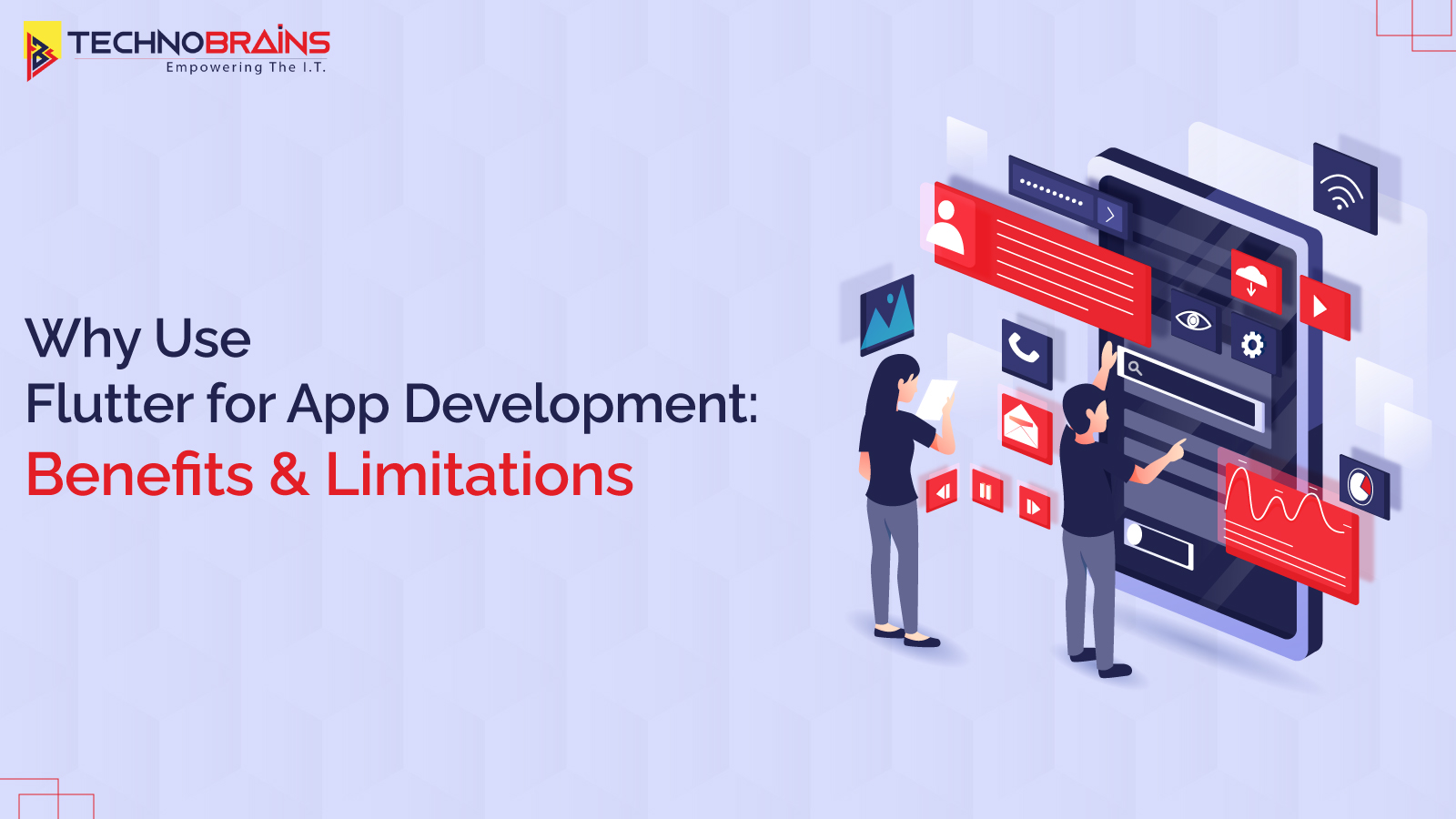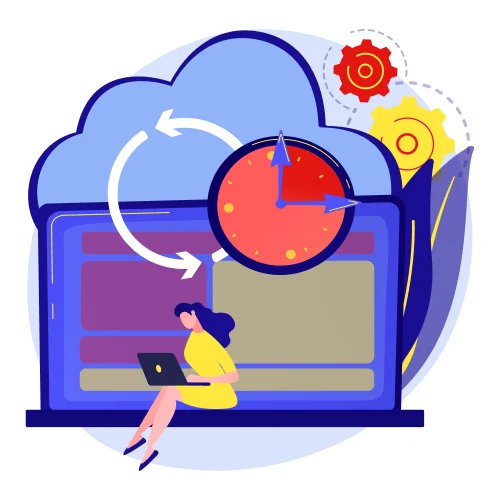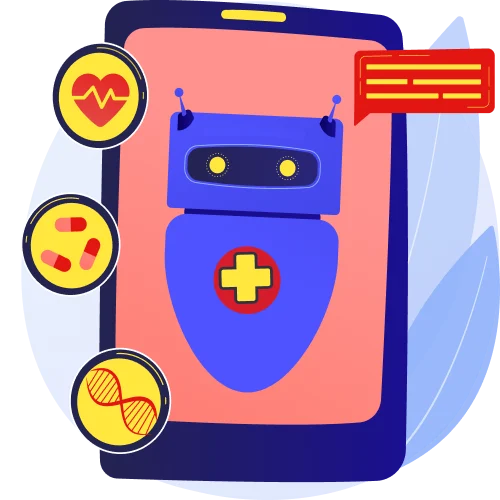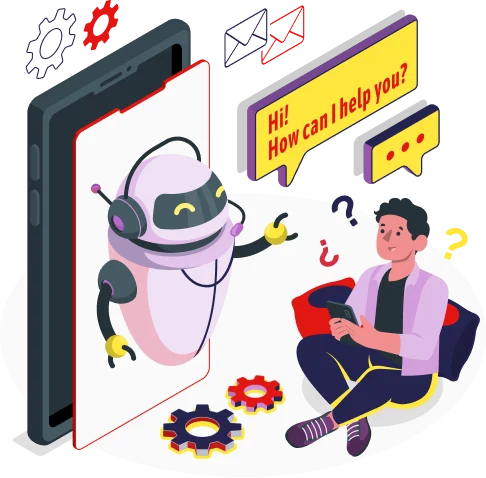Mobile devices have become integral to every facet of our daily routines, as is evident in the global presence of over 6.84 billion smartphones today. This number marks a significant milestone in the current digital terrain, with further figures indicating that it will continue to rise at a breakneck pace. This growing usage of mobile devices presents more chances and opportunities for businesses to succeed.
For them to make the most of this market and capitalize on these chances, businesses need a robust and flexible framework for mobile app development. With it, the foundation of a strong mobile app architecture is also crucial in ensuring scalability, performance, and adaptability to shifting demands. This is where Flutter surfaces as the solution.
The following article will go into great detail about Flutter and why it should be your next choice for app development. It will cover the benefits and drawbacks of working with Flutter.
Flutter: An Overview
Flutter is a Google-powered, comprehensive software development kit that’s open source. It lets developers create stunning apps for desktop, mobile, and web, all from a unified source codebase. Dart, a programming language rooted in C and C++, forms the core of Flutter’s functionality. Dart’s straightforward syntax makes it a great option for coders with different levels of development experience.
The success of Flutter is attributed in part to its ability to ensure a consistent and visually pleasing user experience across multiple platforms. It comes with an abundance of widgets that serve as the fundamental components for creating apps. Developers can use these widgets or even tweak them according to niche-specific requirements and construct visually appealing interfaces that conform to any screen.
This is just a glimpse of what Flutter can do; it boasts numerous features and functions that make it a crucial tool for app development. That’s why it’s a top choice for enterprises and developers worldwide.
Read also, Latest Mobile App Development Trends to Watch Out For
Benefits of Choosing Flutter for App Development
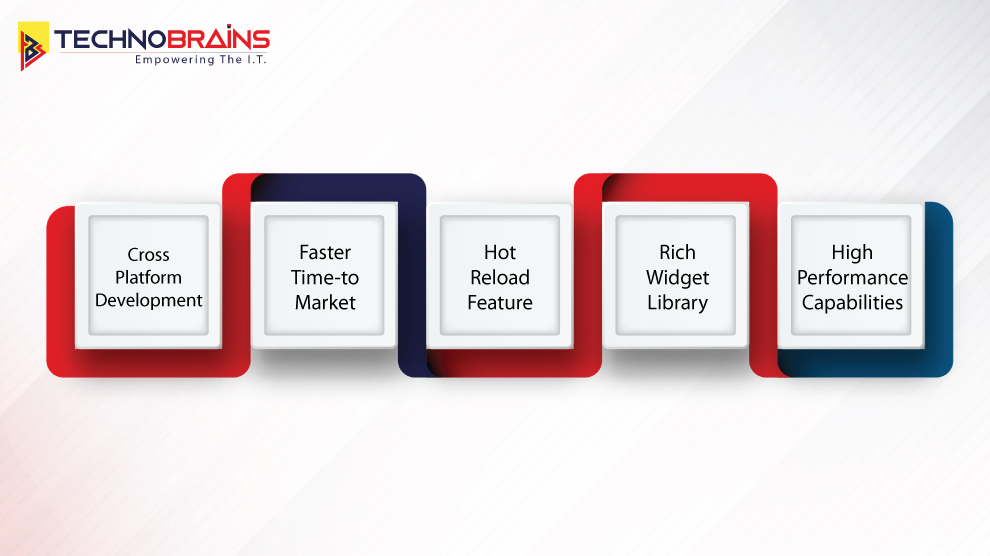
Like any framework, Flutter has its benefits and drawbacks. To gain a deeper understanding of the framework, let’s first dive into the benefits of using Flutter for app development:
1. Cross-Platform Development
Startups and enterprises alike favor Flutter because of its cross-platform development capabilities. In the past, they had to utilize multiple programming languages for app development, such as Java/Kotlin for Android and Swift/Objective-C for iOS. This meant developing the same software twice, which would consume a lot of time and resources. Businesses are now able to vastly streamline the development process by having to code only once, thanks to Flutter’s single codebase approach, making it an effective tool for cross-platform development.
2. Faster Time-to-Market
As is evident in today’s dynamic landscape, getting an app to market and your target audience quickly is critical to determining success and gaining a competitive edge. Flutter, with its myriad capabilities, makes achieving this objective effortless. Whether utilizing Flutter’s hot reload feature or its single codebase approach, these features empower developers to construct apps faster, ensuring a swift time to market and enabling you to stay ahead of the competition.
3. Hot Reload Feature
Flutter’s hot reload feature serves as an invaluable tool for developers. This feature makes it possible for developers to review code changes and see immediate results reflected in real-time on the device or emulator without having to restart the entire application. This helps accelerate the development process and aids in quicker debugging, making this feature a great time-saver.
Hot reload also makes it possible for countless reiterations and experimentation with the build as a result of the code changes, which leads to a significantly better user experience.
4. Rich Widget Library
Flutter encompasses a comprehensive built-in set of ready-made widget catalogs that cover all aspects of development. This collection includes a range of elements, from buttons to text fields or even fonts, along with other complex elements that include lists, grids, and the like. These widgets are simple to use and heavily customizable, allowing developers or even individuals with less development experience to create stunning and cohesive user interfaces that are uniquely exclusive to the design requirements.
5. High-Performance Capabilities
Flutter boasts excellent performance capabilities, which are attributed to several factors. These include the adept utilization of Dart, its programming language, and the efficiency of Flutter’s rendering engine. Dart supports Ahead-of-Time (AOT) compilation, which allows apps to run faster because of its capability to run code natively on each platform, resulting in faster startup times and uninterrupted performance. The rendering engine prioritizes GPU acceleration, which helps guarantee smooth animations and deliver higher frame rates, even in graphic-heavy applications.
Read also, Choose Flutter for your Next Mobile App Development.
The Drawbacks of Using Flutter for App Development
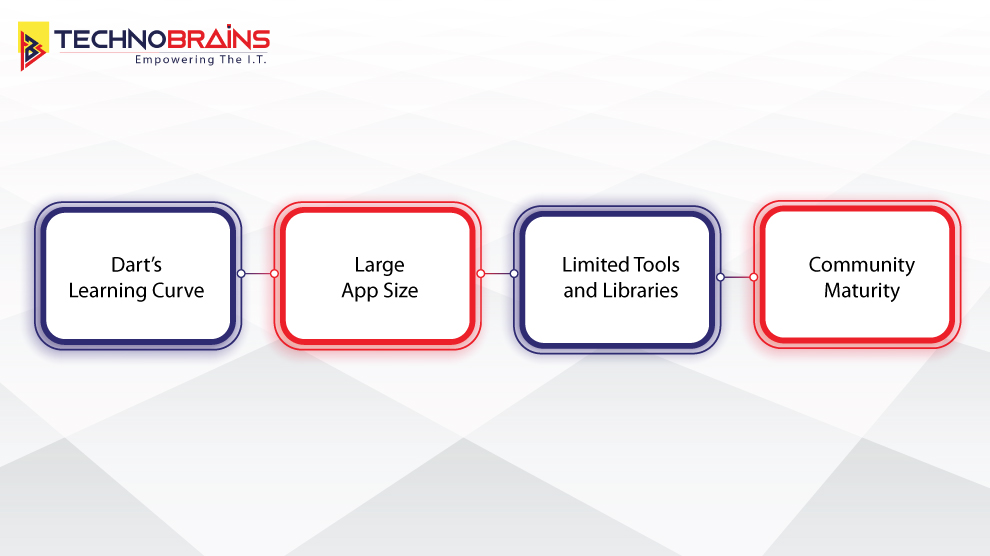
In today’s software development realm, no framework or technology can be truly perfect or flawless; Flutter is no exception to these standards. While Flutter’s advantages outweigh the drawbacks by a lot, it’s still vital to gain a clear idea of both aspects.
1. Dart’s Learning Curve
Dart’s syntax resembles that of Java and C#, making it relatively simple to comprehend. As a result, developers have begun looking at using this fast, easy, and user-friendly programming language. However, developers unfamiliar with it may need to adapt to this new language, prompting them to skip Dart due to the added learning curve.
2. Large App Size
Flutter-built apps typically have larger file sizes compared to native apps because of their self-contained nature and having all the necessary code to run the app. This may lead to longer download times and necessitate increased storage space requirements on the user’s device. The larger app size may be a consideration for users and impact the overall experience and app adoption.
3. Limited Tools and Libraries
Flutter already gives developers access to a wide range of features, capable of catering to all development requirements. However, since it is relatively new in comparison to other technologies or frameworks, developers may sometimes not be able to find a certain feature or function, enabling them to rely on third-party libraries or write custom codes. This introduces a bit of complexity to the development process, but rest assured, because with every new Flutter release, the community is constantly working to expand functionality.
4. Community Maturity
While Flutter boasts a lively developer community, it may not have reached the same level of maturity as compared to older frameworks like React Native or Java. This difference could result in fewer community-built resources, troubleshooting guides, or solutions for certain niche-specific use cases.
Considering developer resources, it’s worth noting that a large community often translates to a higher chance of finding talented developers. With a community still growing, finding individuals with the required expertise might pose more of a challenge for businesses. In this case, though, knowing the top skills you need to look for in Flutter developers can make the task easier.
Conclusion
In conclusion, any business using Flutter for app development is sure to benefit from its capabilities and functionalities. While still growing, the future of this comprehensive software development toolkit appears exceptionally promising, backed by the support of tech giant Google and its rapidly growing developer community. Embracing Flutter for your app development endeavors positions you well ahead of the curve, making it an indispensable framework to explore. For the latest advancements and developments in Flutter, we recommend visiting the official release notes at https://docs.flutter.dev/release/whats-new.
At TechnoBrains, we pride ourselves on being able to optimally utilize Flutter’s capabilities. We have worked with businesses across various sector verticals, leveraging our Flutter app development skills. With our deep-rooted expertise and experience, we are dedicated to not just helping you achieve your business goals but also going above and beyond them.
If you have any questions regarding the framework or want to discuss your specific requirements, feel free to reach out to us today. We at TechnoBrains will be happy to serve you.
